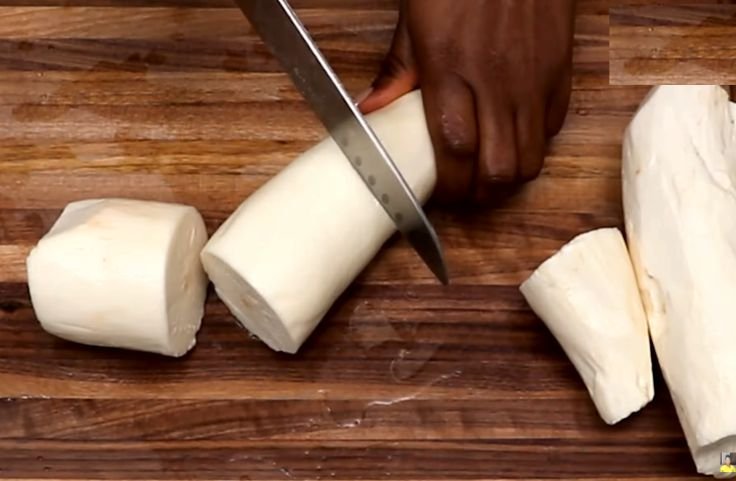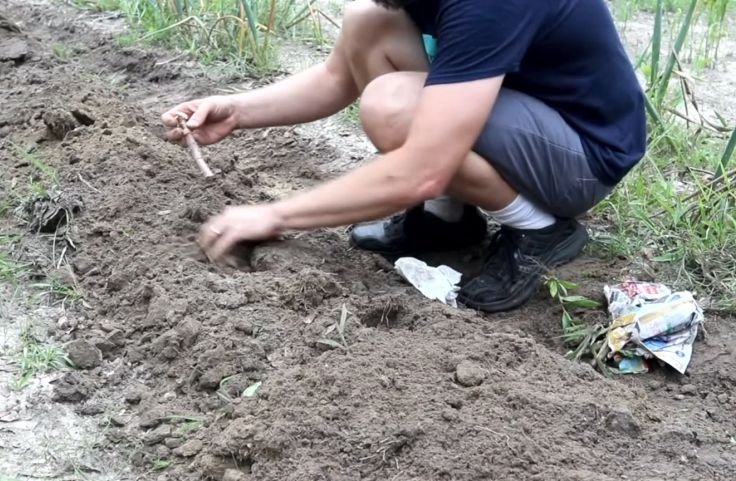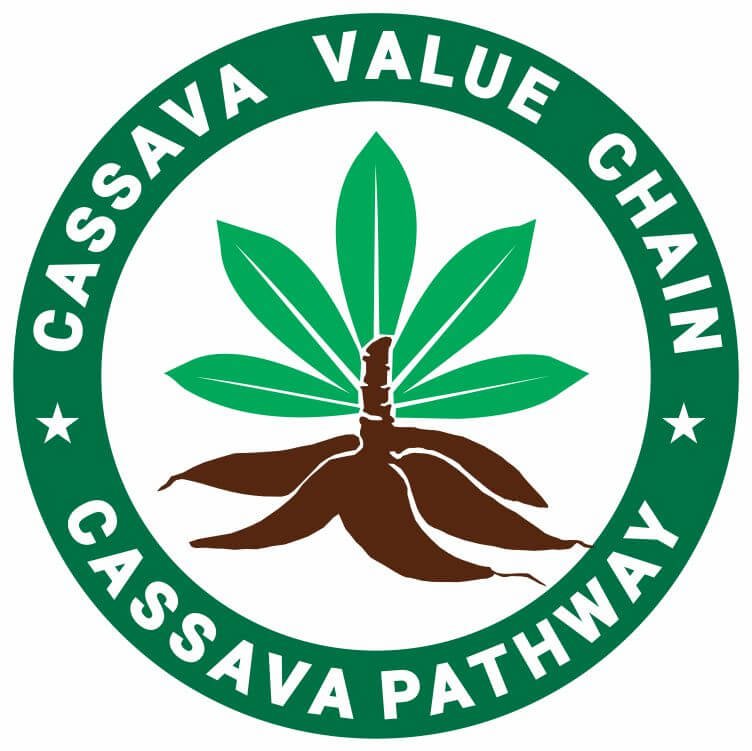Why is cassava not popular in the United States? Despite feeding millions worldwide, this hardy root crop struggles to gain traction in American kitchens. What’s really holding it back?
Cassava is not popular in the United States, yet it feeds millions across Africa, Asia, and South America.
You’ve probably passed it in the grocery store, or never seen it at all. Cassava, a starchy root rich in carbohydrates, grows well in harsh conditions and serves as a daily staple in countries like Nigeria and Brazil.
Yet here in the U.S., it remains largely overlooked. Is it the unfamiliar taste, lack of exposure, or the way it’s marketed?
Unlike familiar crops like corn and potatoes, cassava is often seen as foreign or exotic.
This article takes you into the real reasons behind its limited presence in American homes.
From cultural habits to farming systems and consumer trends, you’ll get a clear look at what’s holding cassava back, and what it might take for this root to finally take root in American kitchens.
Table of Contents
- Background on Cassava
- Historical and Cultural Factors
- Agricultural and Economic Challenges
- Consumer Perception and Dietary Trends
- Regulatory and Supply Chain Barriers
- Why Cassava Could Be the Next Big Thing in American Kitchens
- Conclusion
Background on Cassava
Cassava (Manihot esculenta) is a drought-tolerant root crop native to South America, widely grown in tropical regions like Nigeria, Brazil, and Thailand.
Cultivated for over 5,000 years, it thrives in poor soils and provides a major carbohydrate source for more than 800 million people.
Its starchy roots, which vary in color, are rich in calories but low in protein and fat, offering essential nutrients like vitamin C, B vitamins, calcium, and potassium.
Raw cassava contains natural toxins that require proper preparation, such as soaking, cooking, or fermenting, to ensure safety.
Beyond food, cassava plays a key role in global industries, supplying gluten-free flour, tapioca, animal feed, and biofuels.
Its adaptability, high yield, and broad utility make it one of the world’s most important staple crops, particularly in developing regions where food security depends on resilient agricultural systems.
Despite these lofty credentials, cassava struggles to be noticed in the United States.
Historical and Cultural Factors

Cassava has a long culinary history across Africa, Latin America, and the Caribbean, but its reach in the United States remains limited.
This is largely due to historical and cultural factors that shaped American agriculture and food preferences.
Crops like corn, wheat, and potatoes took root early, becoming staples due to their compatibility with the climate and strong cultural presence.
Cassava, by contrast, never established a similar foothold. Its introduction lacked broad support, and it remained unfamiliar to most Americans.
Today, its use in the U.S. is mainly preserved within immigrant communities, where traditional dishes keep cassava alive in kitchens.
Outside these groups, many consumers are unfamiliar with how to prepare cassava safely, given its toxic compounds when raw.
This lack of awareness, coupled with minimal exposure in mainstream food culture, has kept cassava on the sidelines of the American diet.
Related Posts
Cassava and the American Gluten-free Lifestyle
How to Shop for Cassava Flour in the United States
Reasons Americans Should Make Cassava a Priority
Is Cassava a Good Cash Crop in the U.S. Market?
Can Cassava Grow in the US? Southern Florida, Texas and More
Agricultural and Economic Challenges

Cassava thrives in hot, tropical climates with well-drained soil, conditions that are limited to parts of the southern United States.
This geographic restriction makes large-scale cultivation difficult compared to widely grown crops like corn and soybeans.
These dominant crops benefit from established infrastructure, government support, and reliable market demand, leaving little room for alternatives like cassava.
Farmers face economic challenges when considering cassava, from limited subsidies to the cost and complexity of processing it safely due to its natural cyanide content.
Unlike other crops, cassava requires extra care before it’s safe to eat, which adds to production expenses.
On top of that, low consumer demand in the U.S. discourages investment and experimentation.
Without stronger market interest or policy support, cassava remains a risky and less attractive option for American farmers trying to balance yield, profit, and sustainability.
Consumer Perception and Dietary Trends
You might be hearing more about cassava lately, but chances are it’s still not on your grocery list.
In the U.S., cassava is often labeled as exotic, which makes it harder for people like you to feel comfortable using it in everyday meals.
Unlike quinoa or kale, cassava hasn’t had the same push from health trends or food marketing.
That means fewer recipes, less shelf space in stores, and a lot of missed potential.
Even though it’s gluten-free and can fit into a low glycemic diet, cassava doesn’t get the attention it deserves.
Part of the problem is access; you rarely see it in big grocery chains unless you shop at stores that cater to African or Latin American communities.
Without better awareness and availability, cassava will keep being the unfamiliar root hiding in the shadows of better-known superfoods.
Regulatory and Supply Chain Barriers
If you’ve ever tried to buy cassava in a regular grocery store, you’ve probably noticed it’s not easy to find.
That’s partly because cassava faces strict U.S. import rules.
To protect local crops, agencies like the USDA enforce tough regulations on importing cassava, which slows the process and raises costs.
On top of that, the FDA requires safety checks to ensure cassava is properly processed, since it contains natural toxins when raw.
These extra steps make suppliers think twice before bringing it to market.
Because cassava isn’t widely grown in the U.S., almost all of it must be imported, making the supply chain fragile.
Add limited distribution and low demand, and cassava struggles to find space on store shelves.
Until regulations ease or local production increases, cassava will remain a rare find for American shoppers curious about this global staple.
Why Cassava Could Be the Next Big Thing in American Kitchens

As more people rethink what they eat, cassava is starting to catch the eye of health-conscious shoppers.
Its natural qualities and cultural relevance give it room to grow in the U.S.
Growing Demand for Gluten-Free Flour
If you follow a gluten-free diet or simply enjoy trying new ingredients, cassava flour is worth your attention.
It’s made from the whole root and works well in baking, especially for pancakes, breads, and cookies.
Unlike some gluten-free options that leave your food dry or grainy, cassava flour holds moisture and offers a smooth texture.
That makes it easier for you to enjoy familiar recipes without giving up taste.
With more people turning to gluten-free living, this flour could become a regular feature in your pantry.
Cultural Relevance in a Diverse Population
If you’re from a community where cassava is a staple, you know how important it is for certain dishes.
From African fufu to Brazilian pão de queijo, cassava brings comfort and familiarity.
And as the immigrant population grows, so does the demand for these traditional foods.
Even if you’re new to cassava, you’ve probably tasted it in bubble tea or seen it in ethnic markets.
Its cultural roots give it a built-in audience, but its potential reaches beyond that; anyone who loves global flavors can enjoy cassava in their kitchen.
Innovation and Cassava-Based Products
You’ve probably seen tapioca chips or gluten-free cassava crackers on shelves.
These aren’t just snacks, they’re proof that cassava fits into modern food trends.
Companies are starting to use cassava in everything from chips to frozen meals.
If you’re someone who shops for clean-label or allergy-friendly foods, cassava-based products offer a fresh option.
The texture, neutral flavor, and grain-free nature make it easy to use across a range of recipes.
With smart marketing and better visibility, cassava can move from niche ingredient to everyday staple.
Conclusion
Cassava may not be a household name in the United States, but it has everything it needs to become one.
From its role as a staple crop in global cuisines to its promise as a gluten-free, allergy-friendly ingredient, cassava has untapped potential.
The barriers, limited awareness, strict import rules, and farming challenges are real, but not permanent.
As more Americans embrace diverse foods and rethink what healthy eating looks like, cassava stands a real chance at growth.
Whether you’re looking for new flavors, dietary alternatives, or cultural connections, cassava offers something worth trying.
With better access, smarter education, and wider use in recipes and products, it could one day sit proudly next to potatoes and rice on American tables.
The root may be humble, but its story is still unfolding, and you could be part of what comes next.

Chimeremeze Emeh is a writer and researcher passionate about Africa’s most transformative root crop—cassava. Through his work at cassavavaluechain.com, he explores the entire cassava industry, from cultivation and processing to its diverse applications in food, health, and industrial use.
He also writes for palmoilpalm.com, where he shares his extensive experience and deep-rooted knowledge of palm oil, covering red palm oil, palm kernel oil, and refined products. His work there reflects his lifelong connection to agriculture and his commitment to promoting sustainable value chains in Africa.
Driven by curiosity and purpose, Chimeremeze aims to shed light on how cassava continues to empower communities, strengthen food systems, and link traditional farming wisdom with modern innovation.

